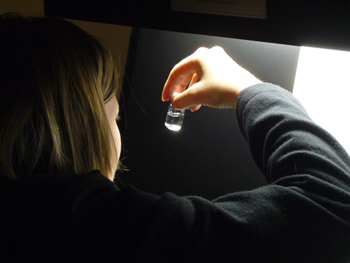Difficult-to-Inspect Drugs Require New Processes
Developing a robust visual inspection process along with comprehensive particulate controls for parenterals has long been a significant challenge, and the increased introduction of difficult-to-inspect product formats and evolving guidance is adding to that challenge.

As an increasing number of biologic products are introduced, more companies are dealing with the challenge of discriminating between extraneous visible matter and inherent drug matter. In addition, products that require lyophilization and products filled as suspensions add significant complexity to visual inspection process design and qualification. These difficult-to-inspect products require new developments in both manual and automated inspection processes.
While the new guidance established in USP Chapter <790> Visible Particulates in Injections provided long needed definition on “essentially free of visible particulates,” there are still many challenges and questions regarding visible particulate control requirements. USP Chapter <1790> Visual Inspection of Injections becomes official August 2017 and provides more detail on the USP <790> requirement for “a complete program for the control and monitoring of particulate matter.”
The 2017 PDA Visual Inspection Forum provides an excellent opportunity to learn how the pharmaceutical industry is evolving to more effectively inspect challenging product formats and how industry is changing to meet the new particulate guidance. Presentations are scheduled to discuss the status of USP <790> and <1790>. Multiple case studies will be presented on processes for inspecting difficult-to-inspect product formats as well as approaches for comprehensive particulate control. Lastly, the Forum is the best opportunity to connect and network annually with industry experts and industry peers on the topic of visual inspection.
Learn more about the 2017 PDA Visual Inspection Forum and related PDA Education courses.


